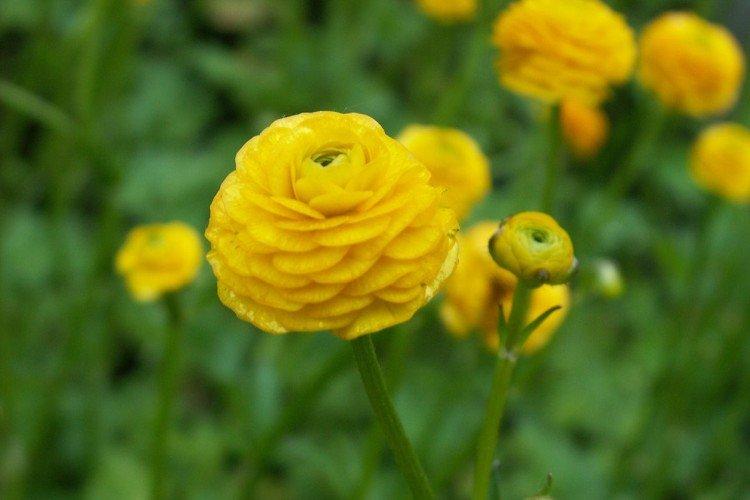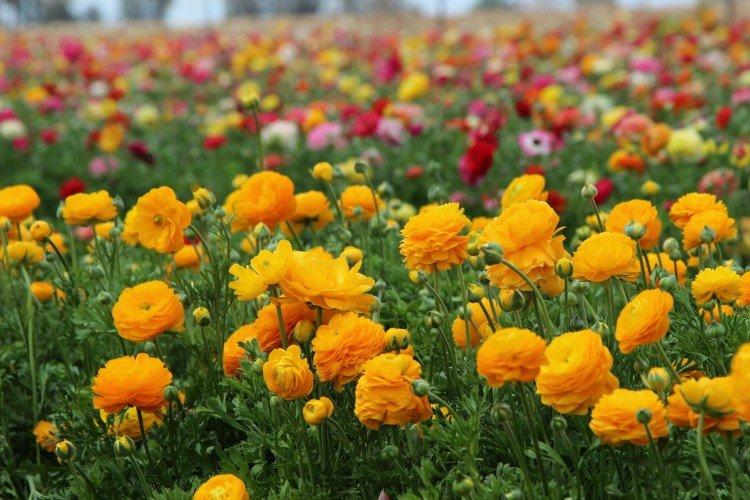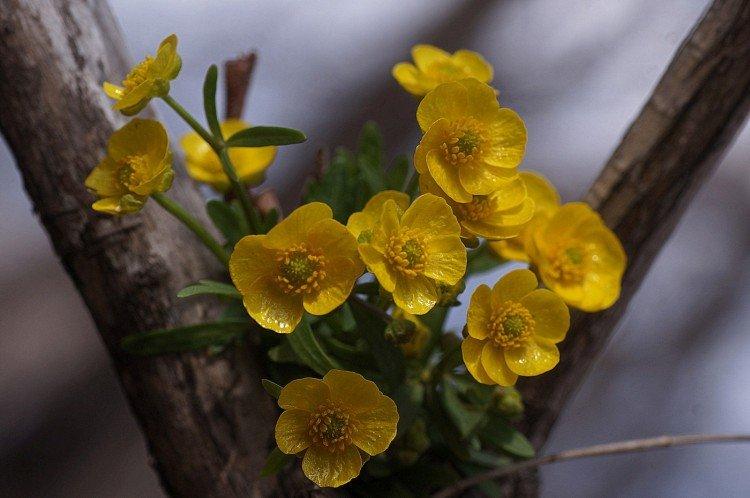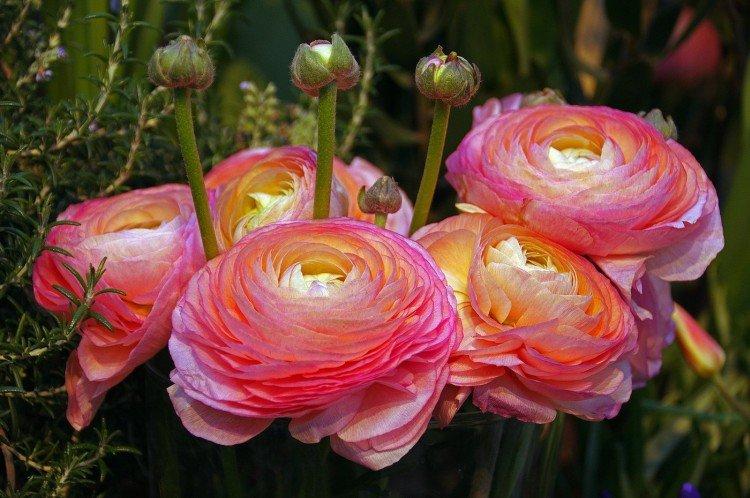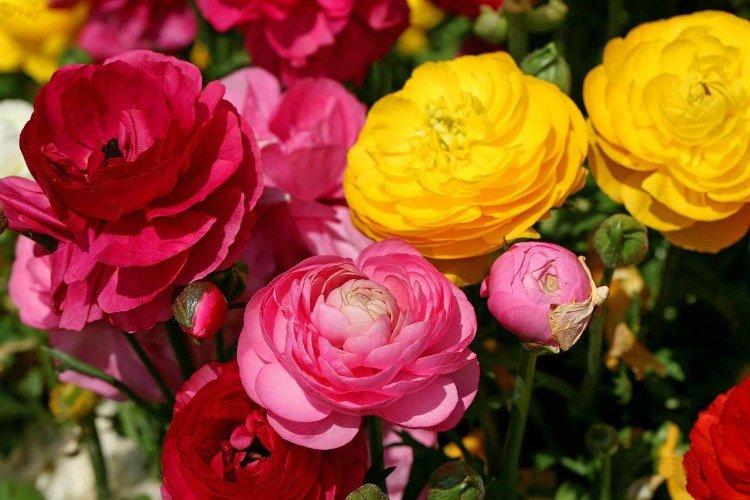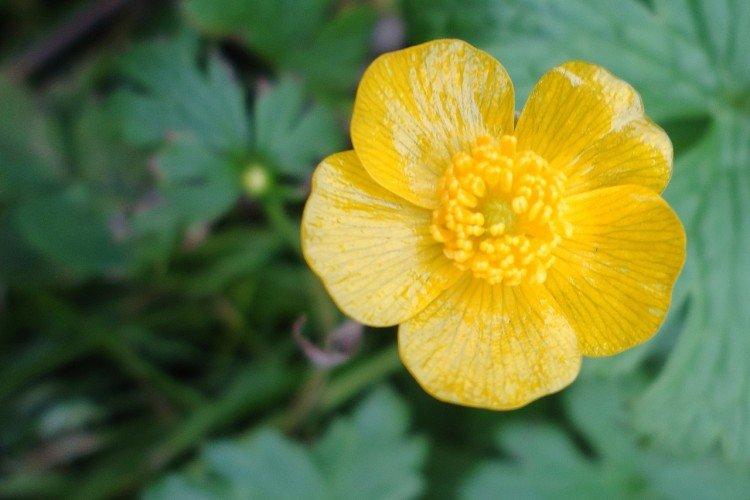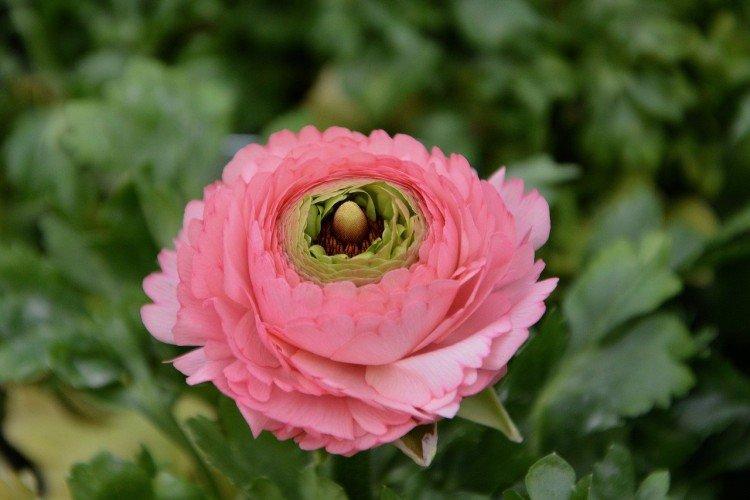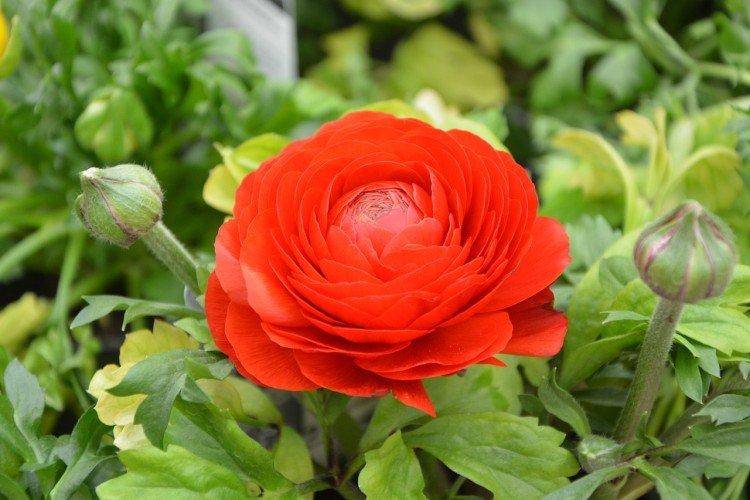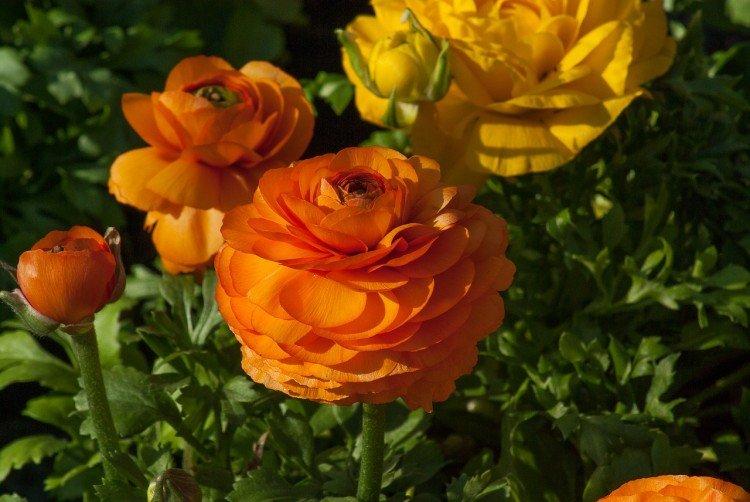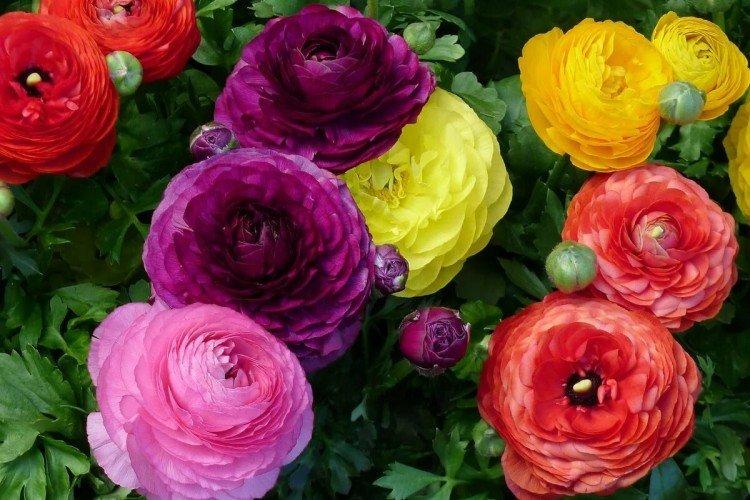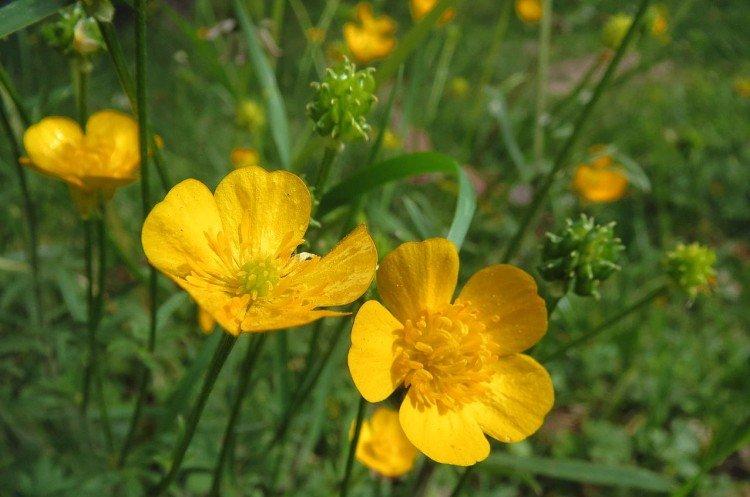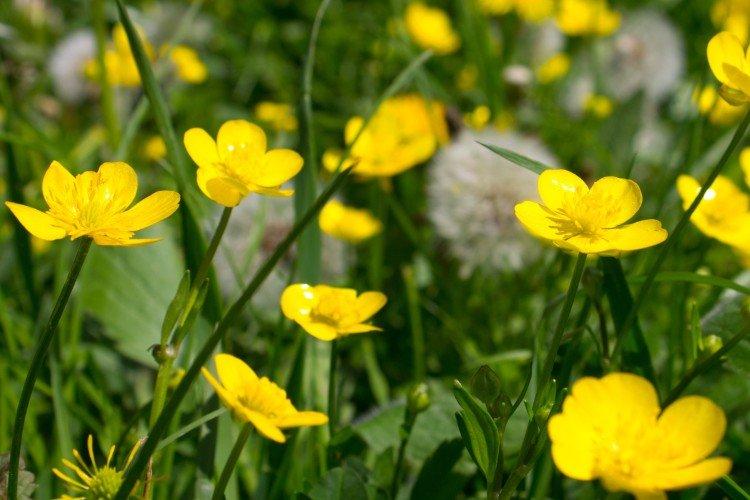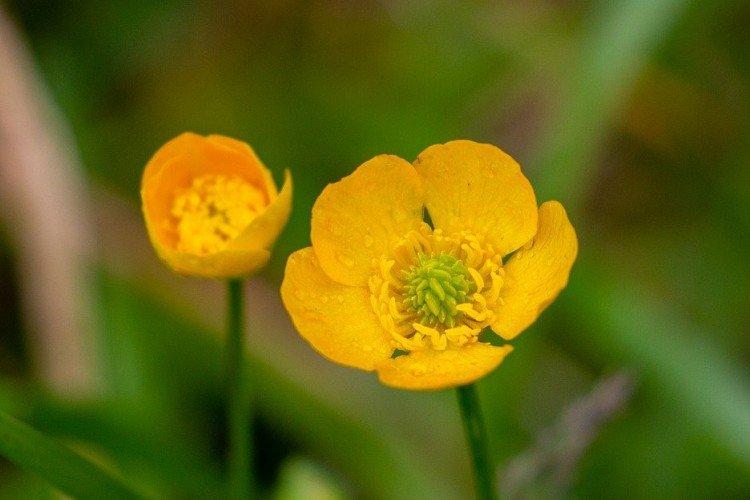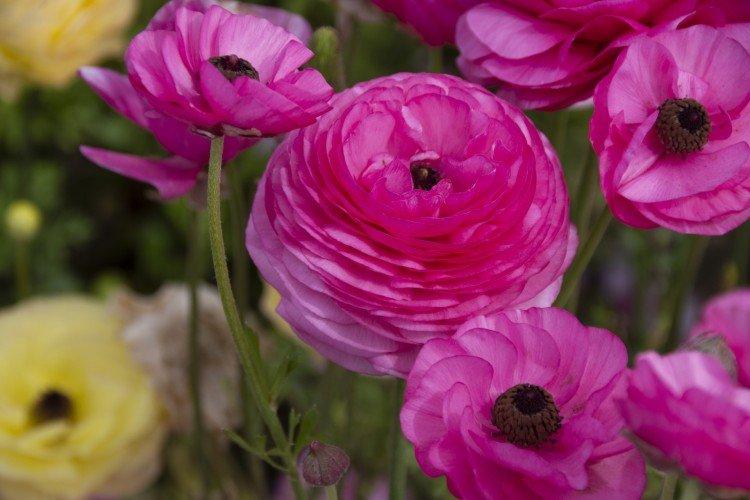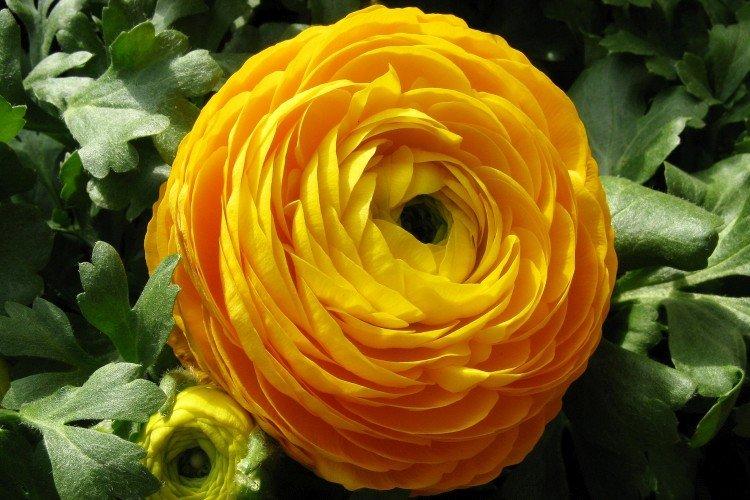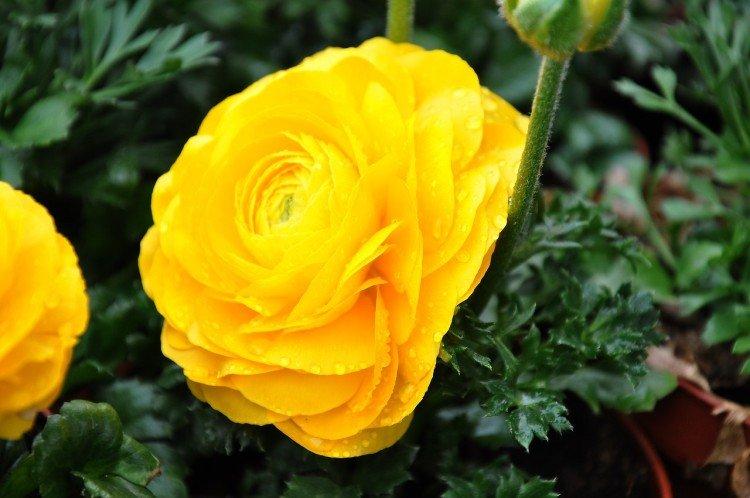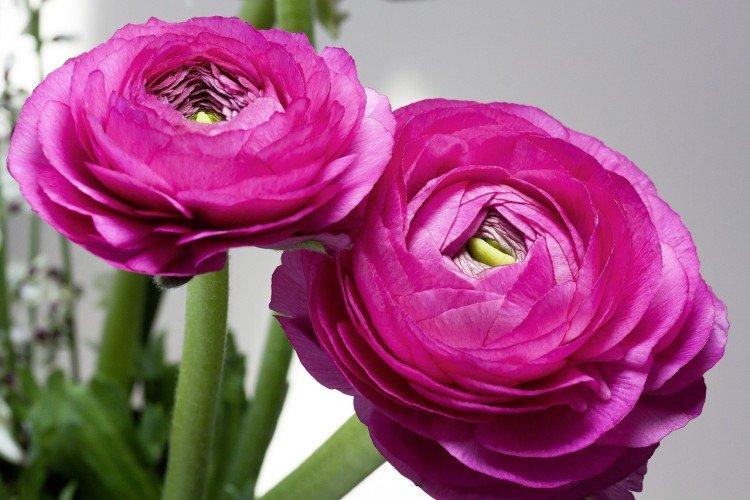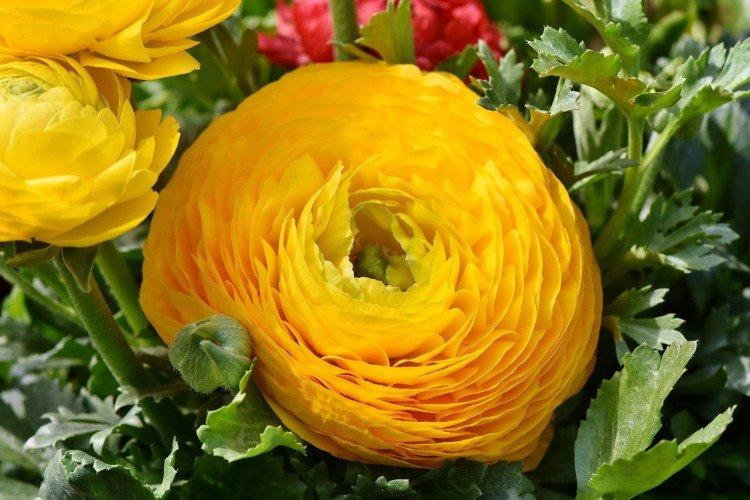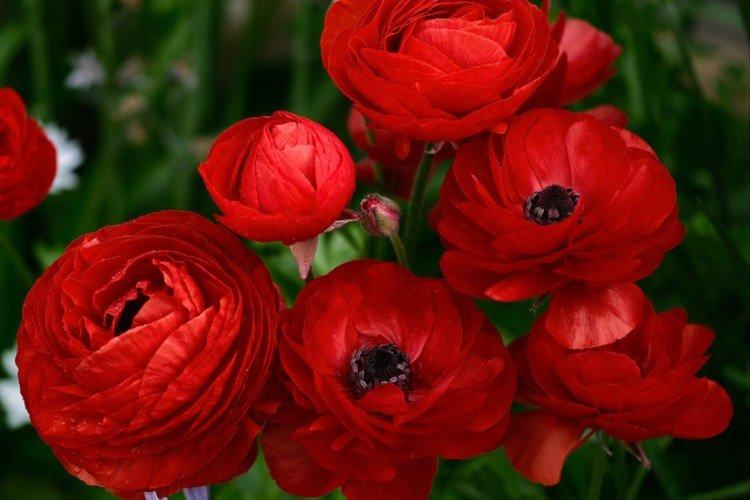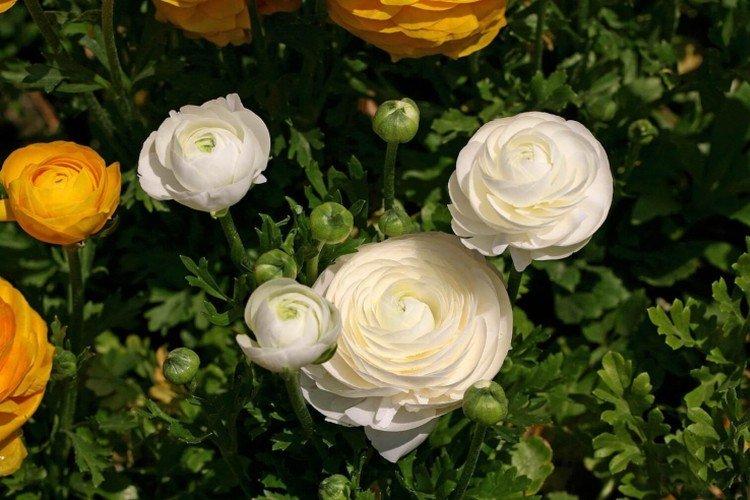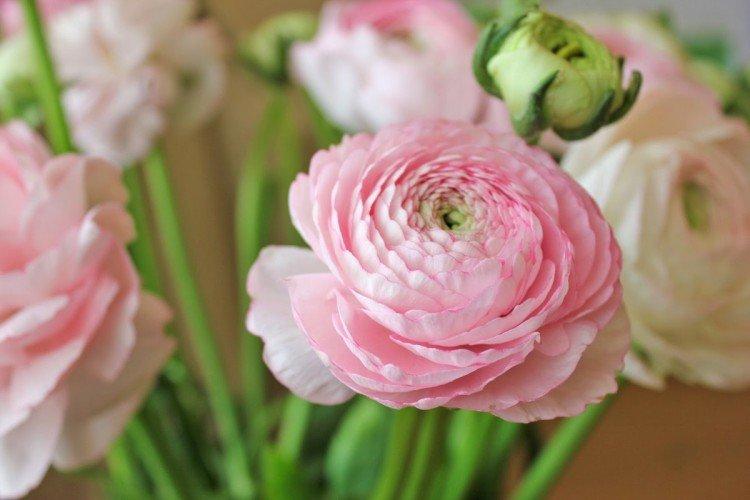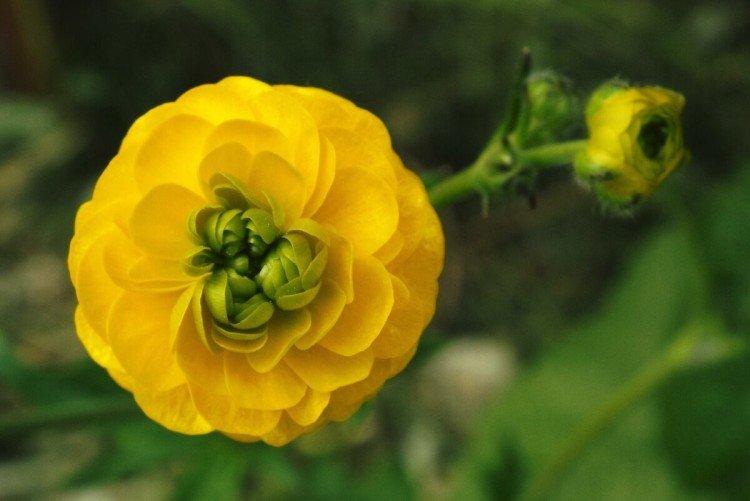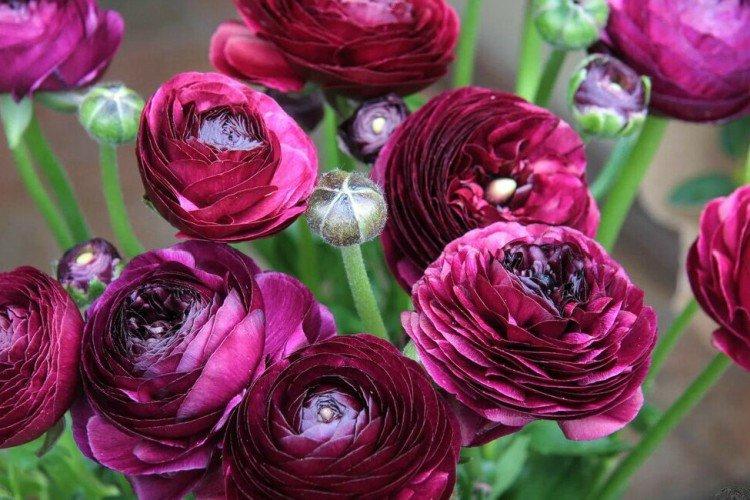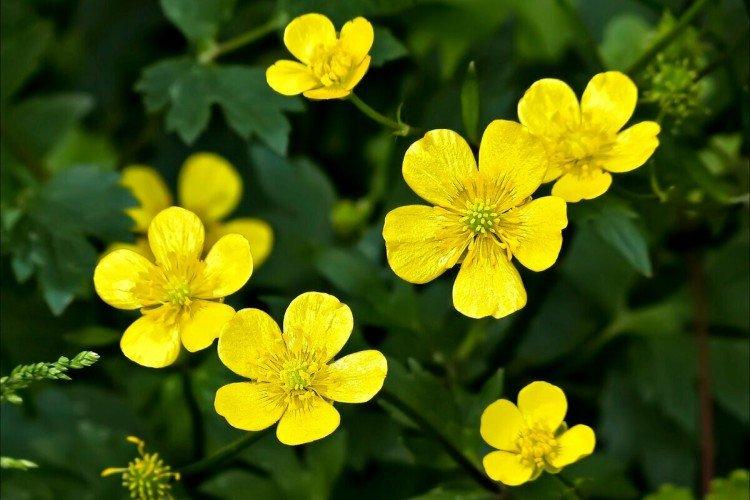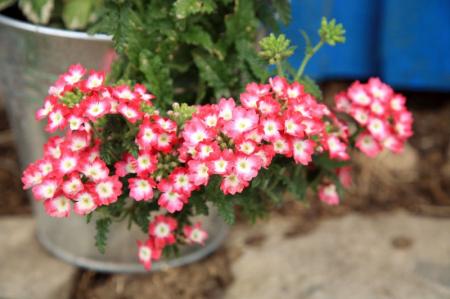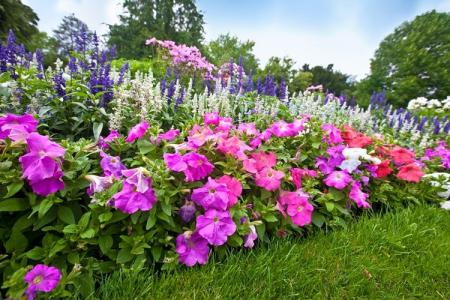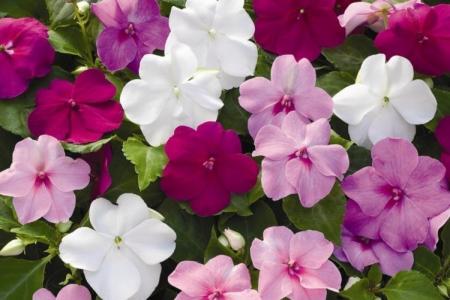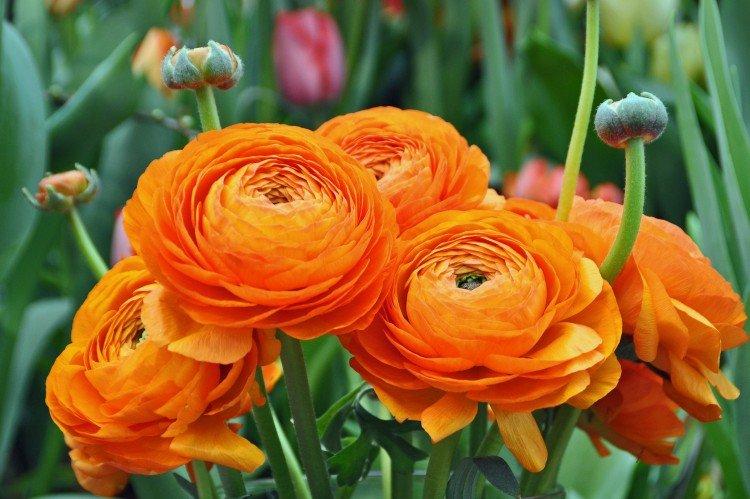
Delicate and graceful buttercups attract attention at first sight. They are very diverse in color, and will be a worthy decoration for any site. Today we want to tell you about the types of these flowers, and also about the peculiarities of planting and care!
general characteristics
The garden buttercup is a small bushy perennial with a tuberous root system and large ornamental flowers that can grow up to 10 cm in diameter, but are still usually much smaller. Buttercup shades can be almost any, except blue.
Most varieties of wild buttercups grow like weeds, are not very decorative and are not used in horticulture. But there are also real pearls among them. And also dozens of breeding developments.
Terry buttercups are especially good, the buds of which are a bit like roses or peonies. They are most commonly found in yellow, red and orange hues. Each bud blooms for about a week and the season begins in early summer.
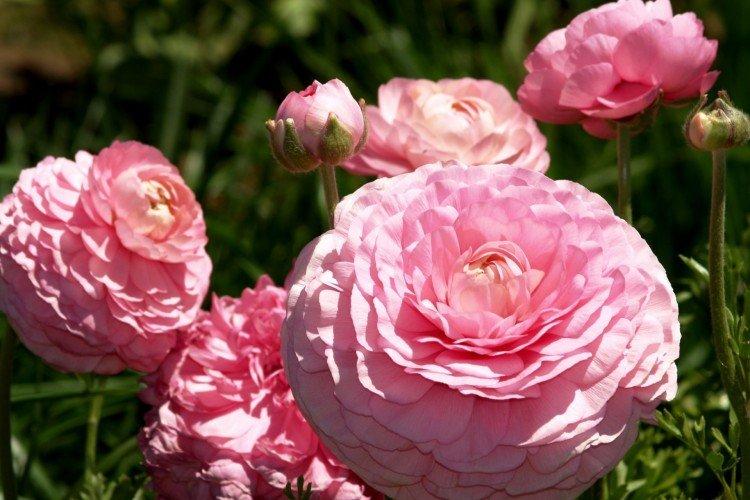
Buttercup species
There are dozens of varieties of buttercups, but we have selected the most popular, beautiful and unpretentious among them. Choose the option you like!
Asiatic buttercup
Not too tall, up to 45 cm, species with rather large flowers up to 5 cm in diameter. It is to this variety that most of the densely doubled varieties belong. And it is he who is most often called ranunculus.
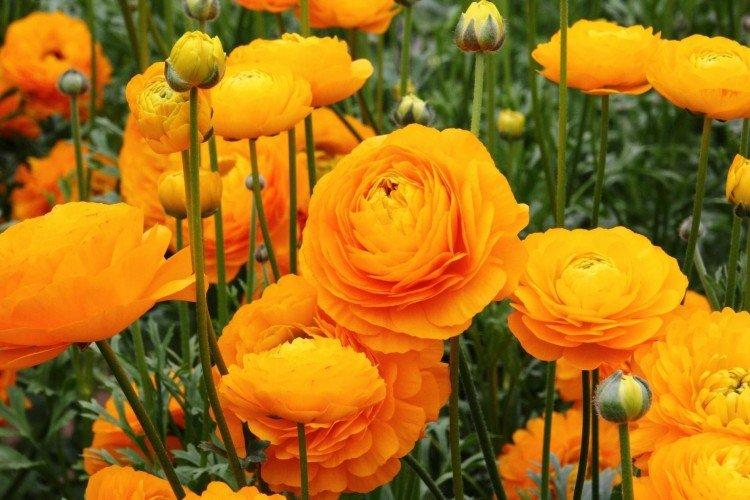
Multi-flowered buttercup
This species has a different structure of a shortened root system. Stems are straight, but very branched, with a slight yellowish pubescence and the same bright yellow flowers.
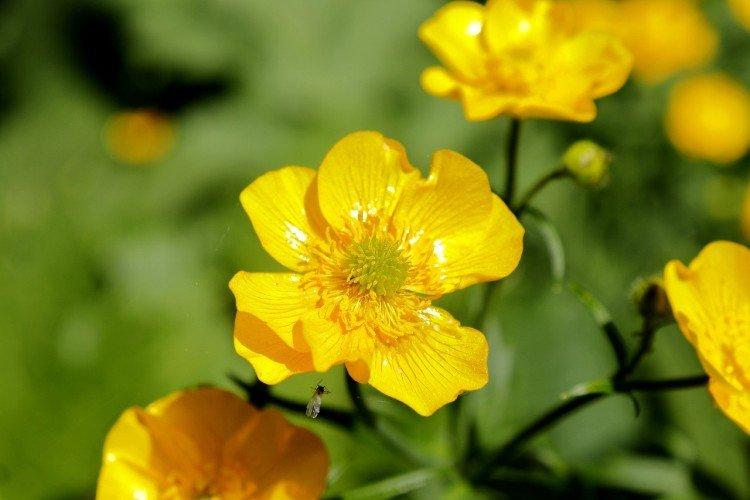
Buttercup Masha
A very beautiful and decorative hybrid that landscape designers adore. It is miniature and compact, so it is great for border compositions.
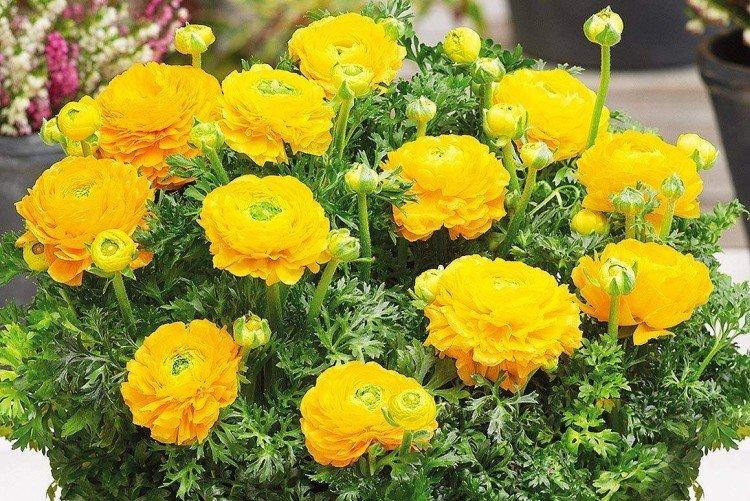
African buttercup
Another decorative group of varieties with beautiful double flowers. There are a lot of interesting and complex colors for the garden and flower beds.
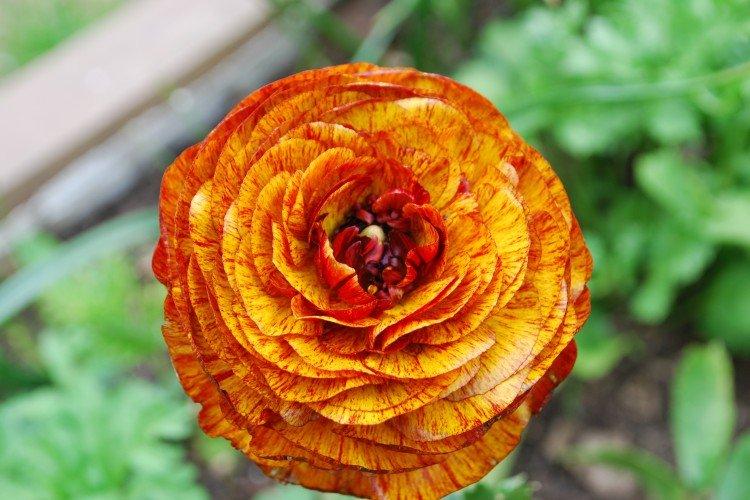
Swamp buttercup
The variety is not very remarkable for its beauty, but it is a good option for swampy and wet areas. The flowers are white with a yellowish center, and the stems are thin, long and bare.
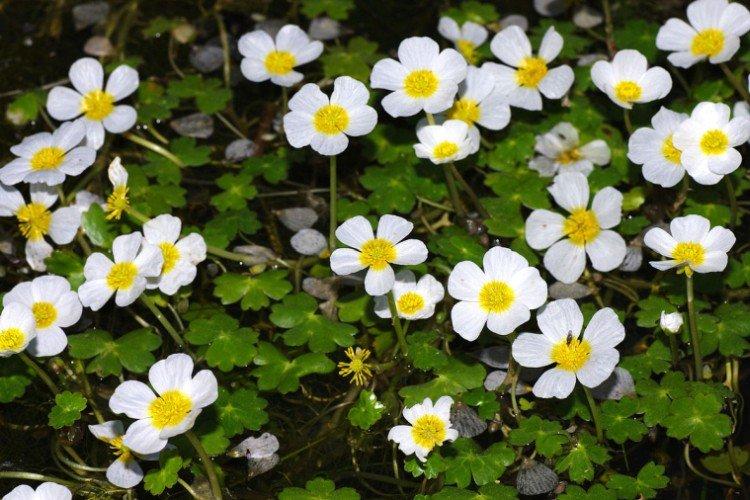
French buttercup
This group is united by the structure of the buds. Delicate petals are collected in two rows and form semi-double flowers.
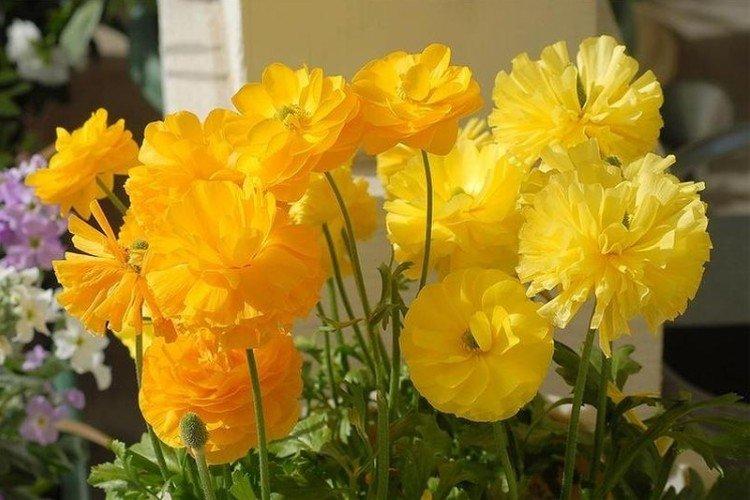
Peony buttercup
Now such varieties can be distinguished into a separate category of hybrids. Buttercups with the largest flowers fall here - about 10 cm.
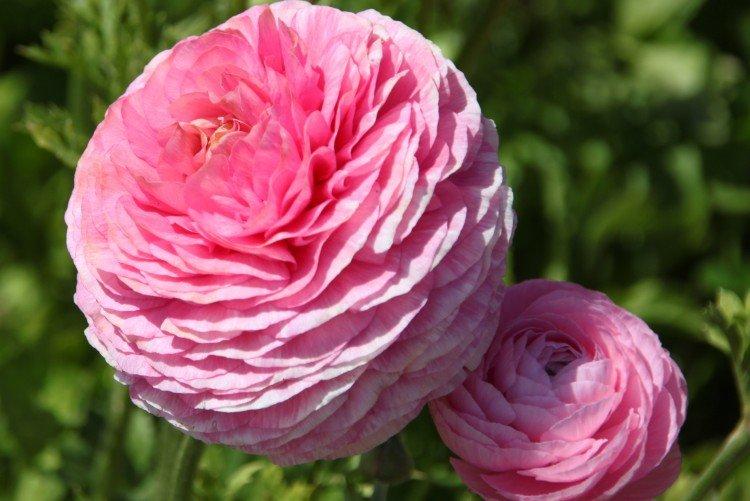
Buttercup care
For all their tenderness, buttercups are not too capricious and whimsical. We will tell you what subtleties you need to pay attention to so that flowers will delight you throughout the season!
Temperature
Buttercups do not tolerate frosts, so they are planted in the ground strictly after the end of all frosts. Tuberous varieties can only withstand up to -5 - -7 degrees, so they need to be dug out for the winter. Such tubers are stored in paper bags in sand or sawdust until next year.
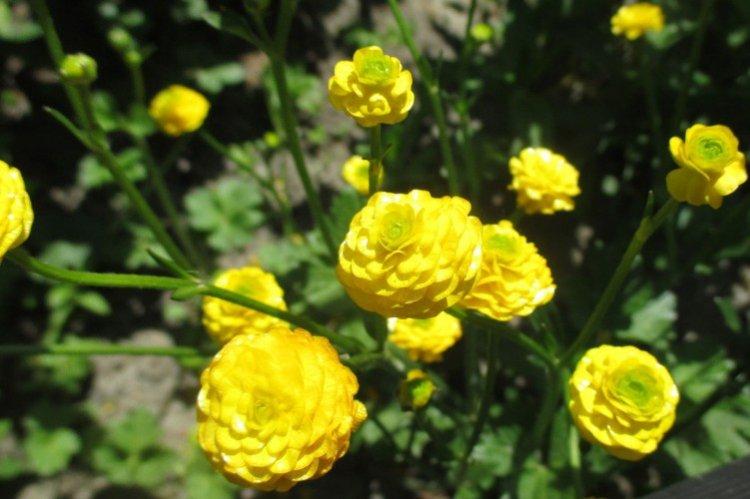
Lighting
Buttercups are not very sensitive to the amount of light, so they can grow both in the sun and in the shade. But they do not tolerate drafts and sharp gusts of wind, so take this into account when choosing a site.
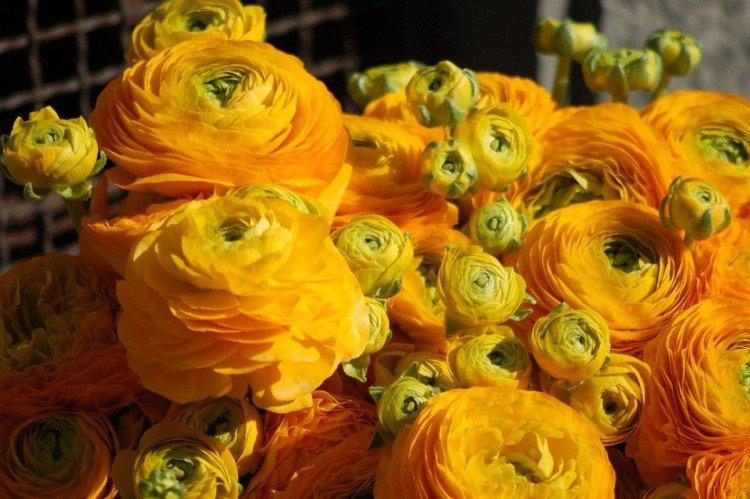
Watering
Watering buttercups should be done very carefully and in moderation, but regularly. They do not tolerate any extremes - both drought and overflow. Do not let the water stagnate at the roots.
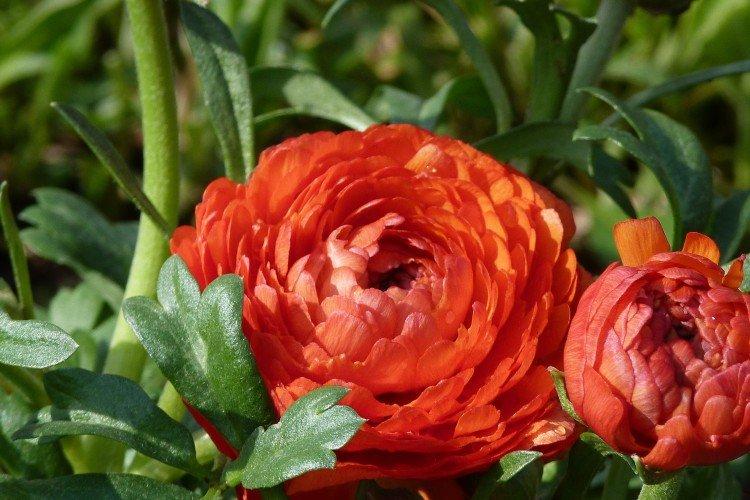
The soil
The main requirement for the soil is lightness, so take care of drainage. Fertile soil with neutral acidity is better suited, but otherwise there are no specific requirements.
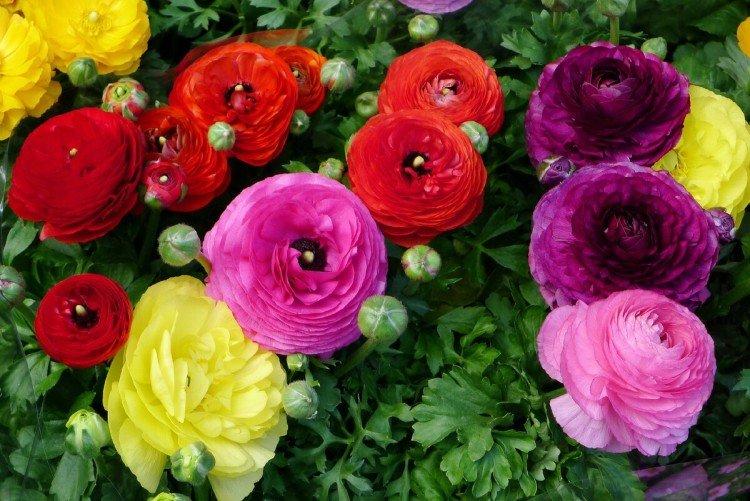
Fertilizers and feeding
Like all wildly growing plants, buttercups love complex feeding. It is important to consider the season and growth phase here. During the growth of green mass, nitrogen is needed, but potassium and phosphorus are needed for the formation of buds. Choose a ready-made fertilizer and stick to the frequency and dosage indicated by the manufacturer.
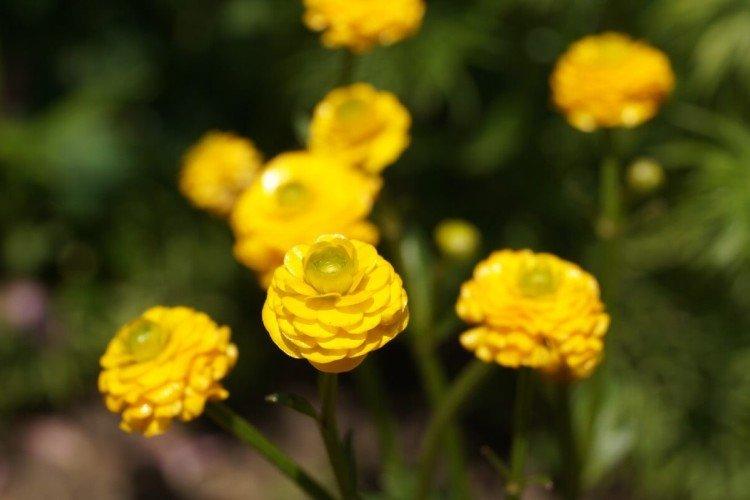
Pruning
Buttercups do not need to be pruned as they grow, but they need to be tidied up after flowering. In particular, it is important to immediately remove buds and flower stalks that have faded. This will help the plant grow more luxuriantly and prevent the risk of disease.
In addition, the buttercups will have to be thinned periodically. The fact is that in open ground they behave like weeds, and actively occupy the territory, displacing other plants.
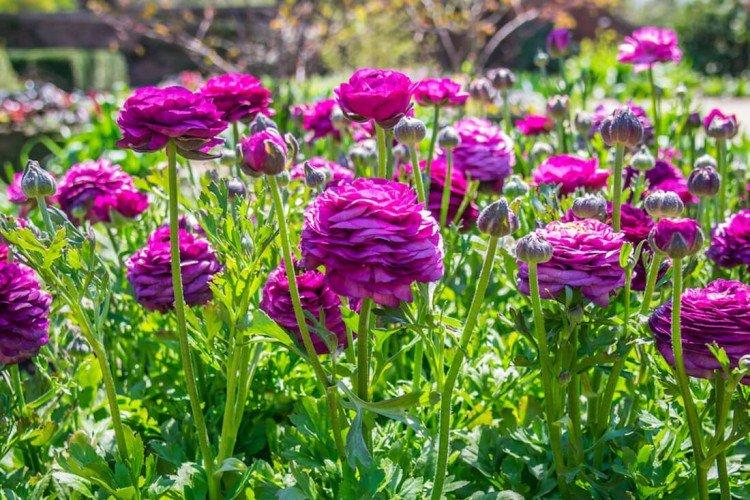
Planting and breeding buttercups
Buttercups are grown from tubers or seeds through seedlings. It is enough to moisten the crops with a spray bottle, cover with foil and leave for a couple of weeks, periodically airing.
When the first shoots appear, they need as much light as possible. And after the formation of at least four full-fledged leaves, buttercups can be planted. And at the end of spring, transplant it into the garden, but only after the end of the frost.
Buttercup bushes are planted at a distance of about 15 cm from each other, with a good drainage layer in each hole. If the seedlings grow in special peat pots, plant them right with them. And keep in mind that young buttercups most often bloom only in the second year.
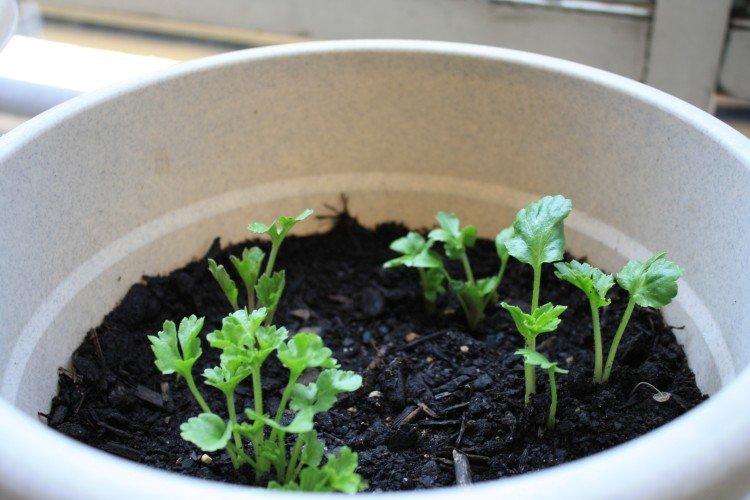
Pest and disease control
Most buttercup problems stem from improper care. In particular, excess moisture in the soil is the most common cause of rot, mold and mildew.
If symptoms are already evident, it is imperative to reduce watering and use fungicides. And for prevention, the first step is to take care of high-quality drainage even during planting.
Small light spots on the leaves can be a sign of a spider mite. Over time, pests leave a plaque that looks like a real cobweb. In this case, complex insecticides are sufficient, as well as from other surface insects.
It is more difficult when nematodes, destroying the root system, got down to business. The flower withers, grows slowly, deforms, and the leaves curl up into a tube. In the early stages, treatment of the root system with special preparations or potassium permanganate helps.
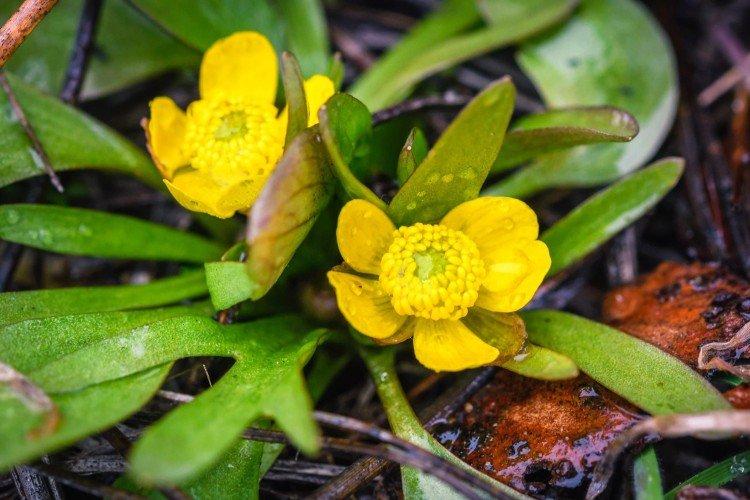
Buttercups - photo
Buttercups can transform any garden into a real fairytale lawn. Just look how good they look in flower beds and group plantings!
